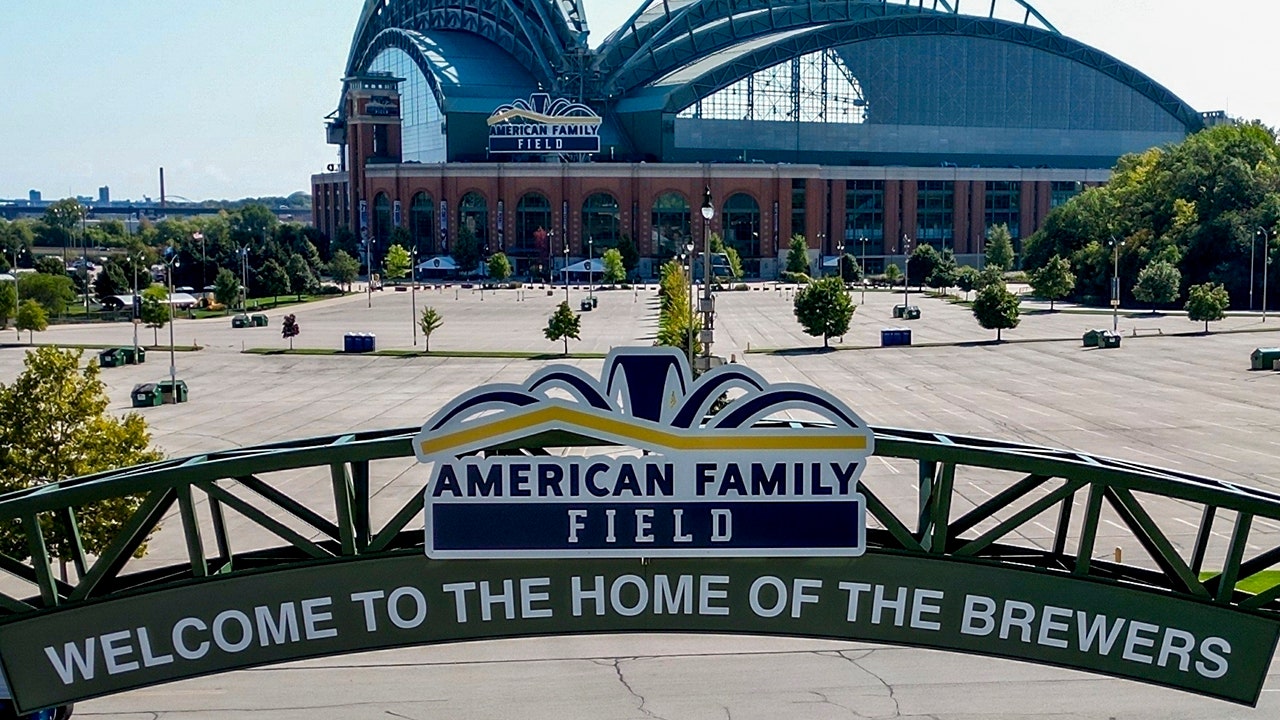Why can’t we do more of this more easily?
A handsome new library branch in Inwood, at the northern tip of Manhattan, had its soft opening Thursday. It’s the second library in town during the past year or so to try something clever and innovative: partnering with a 100 percent affordable housing development. New subsidized apartments occupy a 12-floor tower above the library.
These days, NIMBYs are always fighting affordable housing projects. Communities are increasingly desperate for libraries. One obvious solution is the twofer — building housing and a library together — because there’s strength in numbers.
A few years ago I wrote about several of these library/housing combos in Chicago (“co-location” is the lingo developers use), some of them designed by top-flight architects there like John Ronan and Brian Lee. Boston is trying this out. New York is just the latest to road-test what seems like a no-brainer.
The financial logic is simple. Libraries pairing with housing developers can trim construction costs. Developers can leverage city-owned property to finesse both the not-in-my-backyard types and the byzantine economics of affordable development.
But getting these projects built is a slog.
That earlier branch I mentioned belongs to the Brooklyn Public Library. With a fine, sunny, three-story design by Carol Loewenson, a partner at Mitchell Giurgola Architects, it opened late last year in Sunset Park beneath 49 affordable units on six upper floors. Inwood is bigger: 174 new subsidized apartments.
But that’s only half the Inwood project. In addition to the library and apartment tower, which has its own entrance and name, The Eliza, the development also includes a pre-K, a STEM study center, a teaching kitchen and community spaces.
Andrew Berman, a gifted veteran of New York public architecture and its crazy bureaucracy, is the library architect. Chris Fogarty of Fogarty/Finger is the lead architect for the whole development. Fogarty clads The Eliza in beige bricks and fluted terra-cotta panels, and manages a number of other civic-minded upgrades, like adding a terrace to the pre-K and bringing light into some of the big underground community rooms, which are still under construction.
He and Berman also synced the layouts so that the upstairs apartments accommodate the concrete columns and beams that support the library’s open plan reading room, guaranteeing that the library’s architecture, which serves the widest public, remained a priority.
Alas, both Inwood and Sunset Park took longer than they should have because they had to run the usual gantlets of public reviews and community protests.
What was there to complain about?
In Inwood’s case, community outreach efforts by library officials and the city’s Department of Housing Preservation and Development began seven years ago. Local objections weren’t to features of the project like the pre-K or STEM center, which responded to community asks. They resulted from a larger issue.
The development relied on an upzoning of the neighborhood that was first proposed more than a decade ago by the de Blasio Administration. Upzoning meant that taller buildings could be built than Inwood had previously permitted, to encourage the addition of more, and in particular affordable, housing. As part of the rezoning, City Hall committed to adding some 1,600 subsidized homes on public sites, “expanding Inwood’s affordable housing stock for the first time in decades,” according to a study released by the New York City Economic Development Corporation.
Inwood certainly could use more affordable apartments. A 2023 study by the Furman Center at New York University counted fewer than 160 affordable apartments built in Inwood and neighboring Washington Heights during the previous decade. It is home to a smaller share of public housing than most city neighborhoods.
For years, tenant advocates there fought the upzoning, arguing that taller buildings would not just destroy the area’s historic midrise character but also bring in a flood of market-rate development, accelerating gentrification.
The Eliza is 14 stories. Many older apartment buildings around it are six stories. Inwood is hilly, so buildings appear taller on the skyline from some angles, lower from others. The tallest new buildings that are going up in Inwood because of the rezoning include both subsidized developments and mixed-income apartment towers, several of them more than 20 stories high, mostly nearer the Hudson and Harlem rivers, where the island declines.
I leave it to residents to decide whether 14 stories along a commercial stretch of upper Broadway, in the middle of the island, is egregious. Broadway is a wide street. The Eliza isn’t a tall building by Manhattan standards.
Of course it was really fear of market-rate development and displacement that energized much of the opposition to the rezoning. Even a single new market-rate apartment posed “an existential threat to our homes and our community,” protesters argued back in 2015 when one developer proposed a 15-story building just a few blocks south of the new library on the site of a long-derelict garage. It would have included 355 rental apartments, half of them subsidized.
Aside from a satellite swath of Columbia University’s campus, Inwood remains largely a middle- and working-class enclave with a significant Dominican population. One-fifth of children in the district live below the poverty line. So fears of displacement are real.
But does every development these days have to turn into the Battle of the Somme?
In the middle of the last century, New Yorkers had had enough of politicians and power brokers tearing down Penn Station and bulldozing the South Bronx. Community groups began demanding more seats at the decision-making table. They opened top-down government to bottom-up perspectives around environmental, social justice and other concerns.
Since then, however, more laws and regulations passed to enshrine community feedback, preserve landmarks and compel environmental review have increasingly been weaponized by NIMBYs of all stripes. An alliance has emerged between well-connected, well-to-do NIMBYs and tenant advocates in neighborhoods like Inwood, both of whom, for very different reasons, see nearly every change as a threat.
They are now frequently the loudest voices, if not a majority. Even projects like Brooklyn Bridge Park, one of the most transformative public-private urban renewal efforts in generations, salvaging a declining swath of industrial waterfront, faced decades of reviews, cutbacks and protests, with opponents predicting financial calamity.
When such projects work out, there is little accounting for the public costs of this process, notwithstanding that accountability was the original, driving argument behind expanding the regulatory system and participatory rules.
Maybe it’s wishful thinking, but I detect a growing public frustration, across the political spectrum, with regulations and processes that thwart efforts to keep pace with “existential” emergencies like climate change and the housing crisis.
Something has to give.
I suggest looking at the modest but uplifting 20,000-square-foot Inwood library, if only to be reminded of what we can accomplish with excellent architecture at a neighborhood scale.
Berman is a refined modernist with a discreet feel for simple materials, an understanding of classic forms and a deep love of the city. He knows that good design, attuned to place, conveys respect and becomes a source of pride and distinction in a neighborhood. He has designed branch libraries in Staten Island, the Bronx and elsewhere. They are all different and wonderful.
With Inwood, there is a monumentality to the reading room that can remind you of an earlier era in New York’s civic architecture. You might not register at first some of the architectural decisions that make the library uplifting, but you feel it: a low entrance to the side that sets up the turn into the tall reading room as a drama of compression and release; a ceiling of striated, white oak strips that warm cold surfaces and unify a snaking layout.
And loads of light. A lighted screen at one end of the reading room contains a staircase to a mezzanine where sun filters through a skylight that is the architecture’s signature feature. Light pours, as well, through IMAX-sized windows along Broadway.
The view out those windows from the mezzanine takes in a slice of Fort Tryon Park, a storefront orthodontist and several midcentury apartment blocks. It’s classic, neighborhood New York, and a reminder.
The city can be impossible sometimes.
But it can still do great things, when we let it.















































